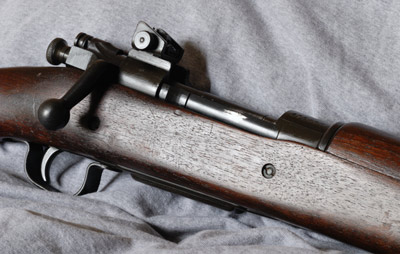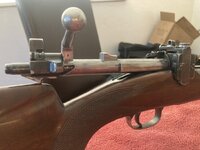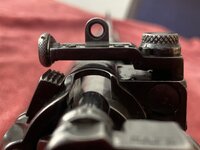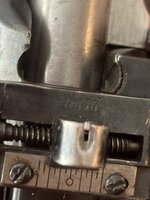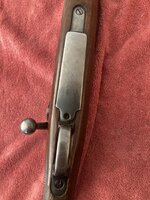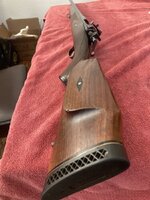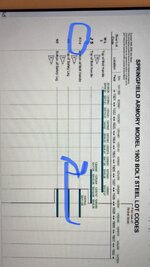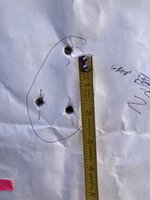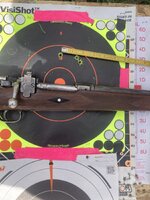I inherited a sporterized 1903 Springfield that I’ve been dreaming of shooting, and maybe even hunting, but i’m scared it is unsafe. Any knowledge or opinions is much appreciated.
1. The serial number on receiver is 837,658 so the receiver should be safe with heat treat according to CMP. (Post 800,000 =“high number”)
2. The barrel is stamped SA 2-18 indicating a February 1918 manufacture date at Springfield armory.
So now, based on my research the only part in question for safety is the bolt.
Anyone on here know how to identify if this bolt is safe? It appears to NOT be a “swept back” bolt that indicates a heat treat one, but I found this chart linked below and am rather confused by it. I’ve attached photos of bolt and rifle.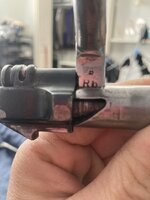
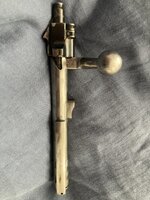
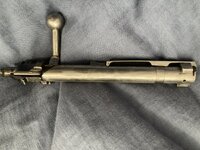
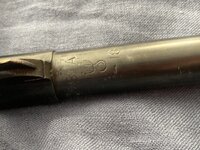
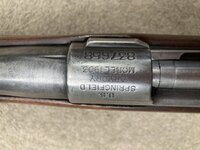
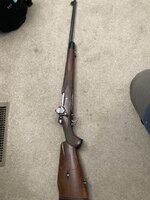
1. The serial number on receiver is 837,658 so the receiver should be safe with heat treat according to CMP. (Post 800,000 =“high number”)
2. The barrel is stamped SA 2-18 indicating a February 1918 manufacture date at Springfield armory.
So now, based on my research the only part in question for safety is the bolt.
Anyone on here know how to identify if this bolt is safe? It appears to NOT be a “swept back” bolt that indicates a heat treat one, but I found this chart linked below and am rather confused by it. I’ve attached photos of bolt and rifle.







